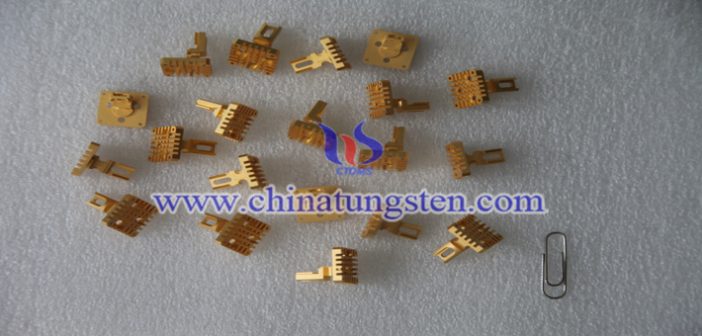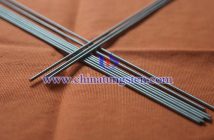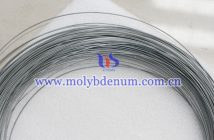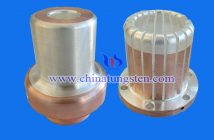Warm compacting process is a kind of new process of high precision powder metallurgy that develops based on conventional molding process. Compared with conventional process, warm compacting process is in the process of pressing the powder in a conventional method and the mold is heated to a certain temperature after pressing to obtain a high-density powder compacts, which flies high density and high performance sintered body. Generally, the pre-heating temperature is between 100-150℃. Due to it is at the range of the room temperature and hot pressing temperature, which is so-called warm compacting. The standard warm compacting process can be density iron-based parts increased from room temperature to suppress (600 ~ 800MPa) of 6.6-6.8g / cm to 7.25-7.45g / cm, and the process cost and lower than the pressure recovery, re-burn, copper infiltration, forging.
In addition, this method can be obtained by pressing a high-performance powder metallurgy products, its high efficiency, high precision characteristics has become one of the faster process of powder metallurgy parts production technology in development. Either iron-based materials or tungsten (W), copper (Cu), aluminum (Al) and other metal powder, warm compacting process can be adapted, which also has many advantages, such as:
1.High density of compacting and sintering: Under the same compacting force, compared to conventional pressing process density can be increased 0.15-0.30g / cm3. Corresponding density required to obtain communication pressing force can be reduced by about 140MPa. This allows suppression of a larger size in the powder press lower tonnage, moderate density of powder metallurgy (PM) parts to create the conditions to increase the tonnage of the press;
2. Uniform compact density distribution: using warm compaction density tungsten copper fittings difference between conventional pressing process is lower than 0.1-0.2g / cm3;
3.High compacting strength: at the same level of density, temperature and pressure through the green strength of conventional pressing process up compacts 1.25 to 2.0 times, which also facilitates the manufacture of complex mechanical parts powder metallurgy techniques to improve the powder metallurgy technology market competitiveness. Further, since the temperature and pressure after forming green strength is high enough so that it can compact simple machined directly in front of the sintering process, which improves the overall efficiency and the service life of tools;
4.Small release pressure: Compared to the conventional pressing process, stripping process in warm compaction pressure fell by more than 30%. This means that to a certain extent can reduce mold wear to extend its service life and easy-to suppress parts of complex shape. Moreover also by reducing the amount of feed powder lubricant, making the overall density of the compacts have been further improved;
5.Small elastic aftereffect: dimensional change after the sintering temperature and pressure process than conventional tungsten copper parts pressing process is much smaller sintering shrinkage is also smaller and easier to improve the dimensional accuracy of tungsten copper parts;
6.Excellent mechanical properties: in the case of material with the same density, temperature and pressure process using material prepared than the ultimate tensile strength of the multi-pressure sintering improved about 10%, the fatigue strength increased 10-40%;
7.Low relative cost: Although the temperature and pressure of the relative cost compared to the conventional process once the pressing process has increased the cost, but it is still lower than sintering process, copper leaching process, powder forging process.
In addition, in order to make tungsten copper products have excellent comprehensive properties, tungsten copper composite powder warm compacting process should focus on some main parameters, which includes the powder (granularity, content, porosity, apparent density, etc.), the lubricant additives (effect on temperature, friction factors, volatility, oxidizability, etc.), temperature controlling.




